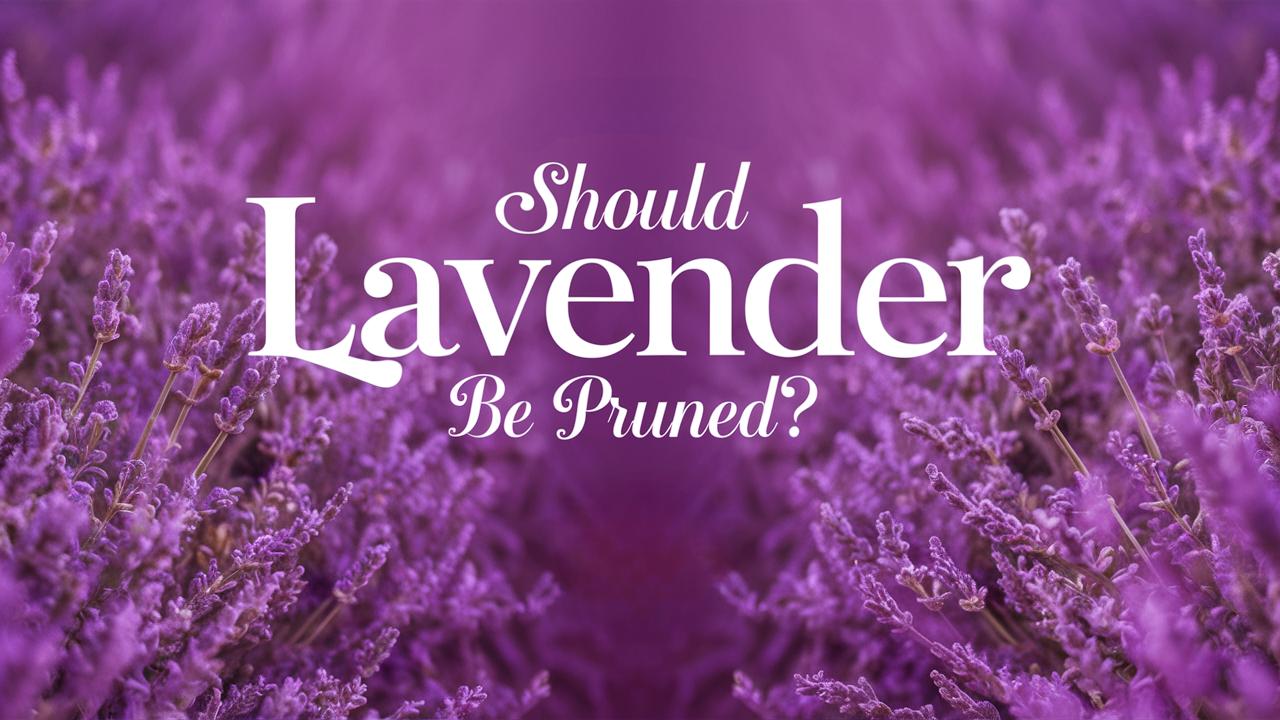In this comprehensive guide, we will explore the nuances of lavender pruning, including why it’s necessary, when to do it, the best techniques, and more.
Understanding Lavender: A Brief Overview
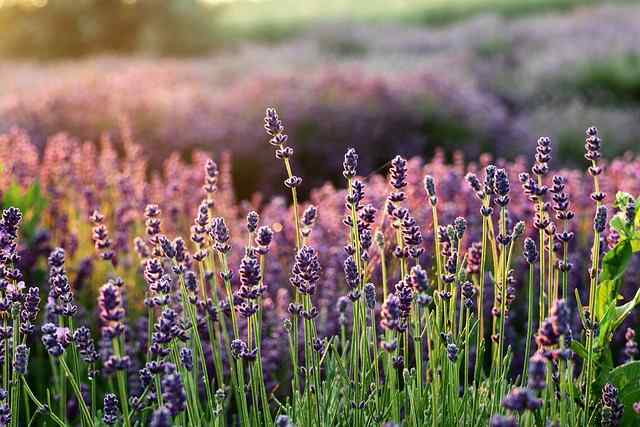
Lavender is a perennial herb that thrives in well-drained soil and sunny locales. It’s tolerant of drought conditions, making it a beneficial plant for dry gardens. While lavender can grow quite beautifully on its own, appropriate pruning is vital to ensure it remains healthy, looks its best, and continues to produce those fragrant blooms year after year.
The Importance of Pruning Lavender
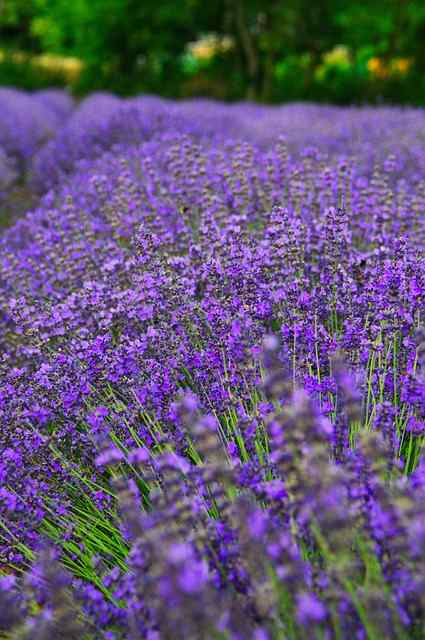
Pruning is more than just a cosmetic procedure; it’s a critical aspect of lavender care that affects the plant’s overall health, growth, and longevity. Here are some key reasons why pruning lavender should be a part of your gardening routine:
Promotes Healthy Growth
One of the primary reasons to prune lavender is to promote healthy growth. Lavender plants can become overgrown and woody if not pruned regularly. This can lead to reduced flowering as the plant directs energy into maintaining older, unproductive wood. By trimming back the plant, you encourage new growth and healthier, more vibrant blooms.
Prevents Disease
Over time, a dense growth habit can create an environment conducive to disease. Pruning improves air circulation around the plant, which can reduce the incidence of fungal infections and pests. Additionally, removing dead or diseased branches before they can affect the rest of the plant is a proactive measure that enhances the overall vitality of your lavender.
Extends Lifespan
Lavender can live for many years, but neglecting proper care can shorten its lifespan. Regular pruning helps rejuvenate older lavender plants, pushing them to produce more young shoots. Some gardeners have reported that pruning can help lavender thrive for well over a decade with the right conditions.
Shapes the Plant
Pruning allows you to shape your lavender plants, giving them a fuller, bushier appearance. Although some might prefer the natural look, a well-maintained lavender plant can look more aesthetically pleasing in a garden or as part of a landscaping design. This added shape enhances its ornamental value and makes it a joy to observe as it blooms.
When to Prune Lavender: Timing is Everything
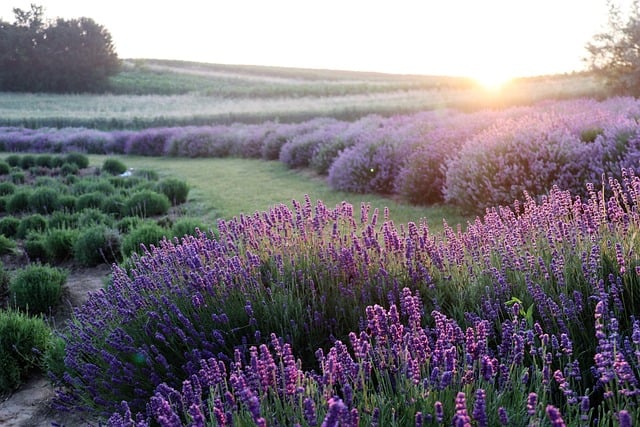
Knowing when to prune lavender is crucial for ensuring positive results. Timing can vary depending on your local climate and the specific lavender species, but there are general guidelines to follow.
Ideal Pruning Season
The best time to prune lavender is in the spring, just as new growth begins to emerge but before the plant starts to bloom. For many regions, this is typically around late March to early May. Pruning at this time can stimulate new growth while minimizing stress to the plant.
In milder climates, where lavender may grow year-round, you may consider another round of light pruning after the flowering season in late summer. This encourages a second wave of growth and prepares the plant for winter, ensuring it remains healthy as temperatures drop.
Signs That It’s Time to Prune
Besides relying on the calendar, you can look for visual cues to determine when to prune your lavender:
New Growth: As new shoots appear at the base of the plant, it’s a sign that it’s time to prune back last year’s growth.
Woody Stems: If your lavender plant has developed a significant amount of woody stems, it’s time to take back the older growth, allowing room for newer, greener shoots.
Sparse Blooms: If flower production seems lower than in previous years, a pruning session may be necessary to invigorate the plant.
How to Prune Lavender: Step-by-Step Guide
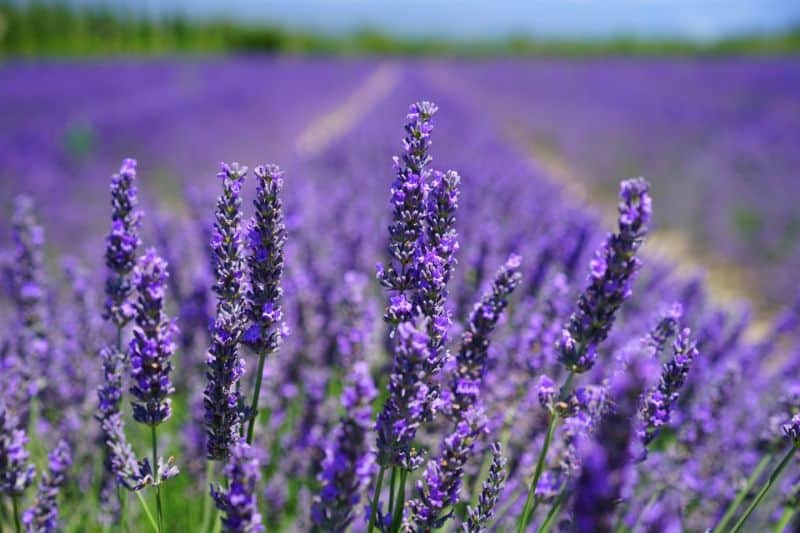
If you’re ready to get your hands dirty and prune your lavender, here’s a step-by-step guide that outlines the best techniques for successful pruning:
Step 1: Gather Your Tools
You don’t need many tools to prune lavender, but having the right equipment will make the process easier and more effective. Here’s what you’ll need:
Sharp Pruning Shears: Make sure your shears or garden scissors are sharp to make clean cuts that reduce the risk of injury to the plant.
Gardening Gloves: Lavender can be a bit prickly, so gloves will protect your hands while working.
Bucket or Bag for Debris: As you prune, it’s helpful to have a vessel to collect cuttings for easy cleanup.
Step 2: Inspect the Plant
Before you start pruning, take a moment to inspect your lavender plant for any signs of disease, pests, or dead material that should be removed. Assess the plant’s overall shape and determine where you want to encourage new growth.
Step 3: Prune the Stems
Begin by trimming the stems of the lavender. Aim to cut back about one third of the plant’s height. Focus on the green growth, avoiding cutting into the woody stems unless absolutely necessary. When pruning, make your cuts just above where new leaves are forming. This will direct energy to the new growth rather than the older, potentially dying wood.
Step 4: Shape the Plant
As you prune, take care to shape the plant in a manner that encourages it to remain bushy rather than leggy. Aim for a rounded, compact shape. If there are any branches that are out of place or seem to be growing inwards, cut them back to maintain an open structure that will promote airflow.
Step 5: Clean Up
Once you’ve finished, gather all the cuttings and dispose of them appropriately. If there are any diseased portions, avoid composting those; instead, dispose of them in your yard waste bin. Cleaning up debris can help prevent pests and diseases from lingering around your precious lavender.
Step 6: Water and Mulch
After pruning, it’s a good idea to give your lavender a good drink of water (if it hasn’t rained recently). Adding a light layer of mulch around the base can help retain moisture and suppress weeds as new growth begins. Just be careful not to let mulch touch the stems, as this can promote rot.
Tips for Pruning Different Lavender Species
Though most lavender species can be pruned in similar ways, it’s worth noting that their unique characteristics might warrant slight variations in technique. Here are a few tips for specific types of lavender:
English Lavender (Lavandula angustifolia)
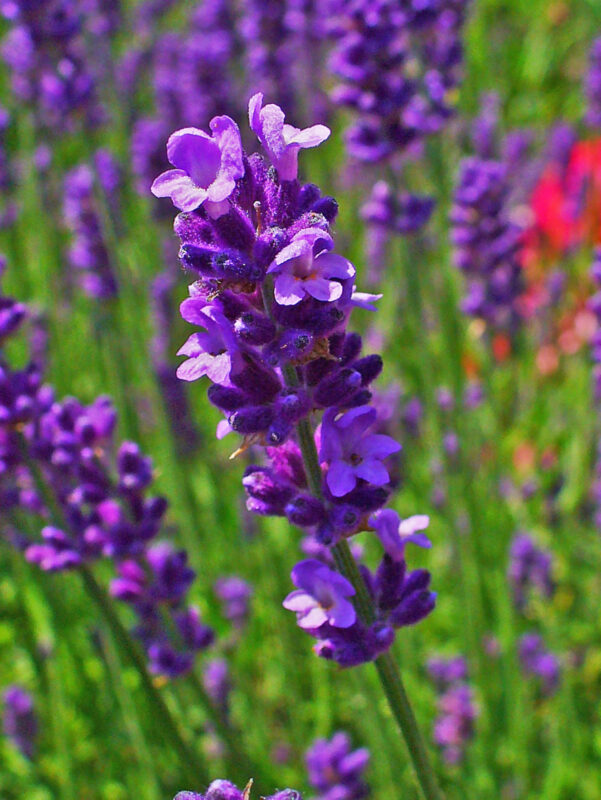
English lavender is perhaps the most common type grown for its aromatic qualities and culinary uses. It responds well to the standard pruning technique but can tolerate a bit more aggressive pruning if needed. Just ensure to always leave some green growth on the stems to fuel future blooms.
French Lavender (Lavandula dentata)
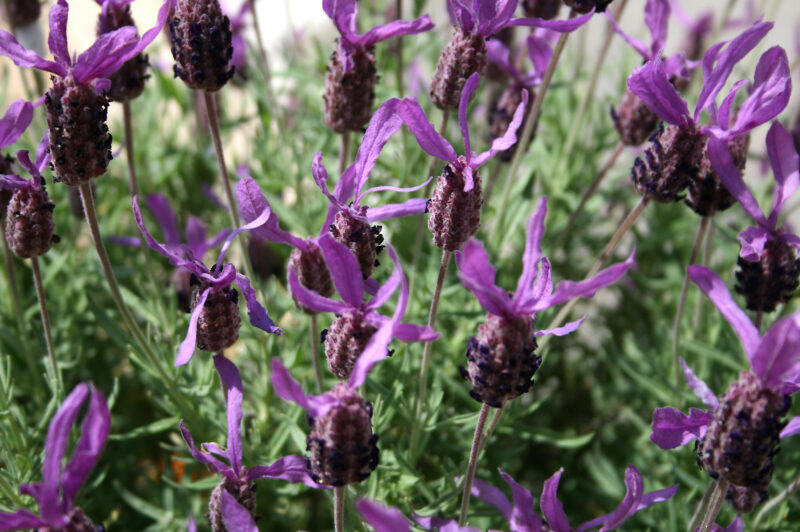
French lavender generally has a looser structure and can benefit from lighter pruning. As it tends to develop a unique, bushy shape, be careful not to remove too much during pruning. Maintaining its natural shape while tidying it up will serve it well.
Spanish Lavender (Lavandula stoechas)
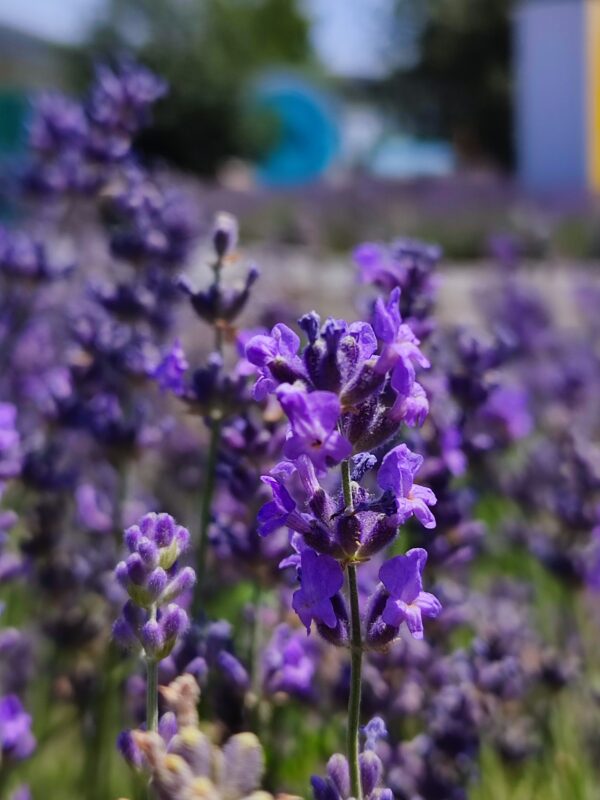
Spanish lavender has a distinct appearance, with unique flower spikes. This variety can also be pruned back but is sensitive to harsh trimming. For best results, stick to light pruning and avoid cutting into the woody portions.
Common Misconceptions About Pruning Lavender
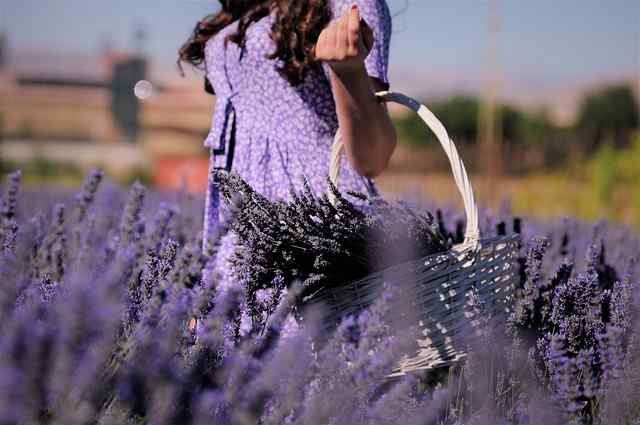
While understanding the facts about lavender pruning is vitally important, there are some common misconceptions that can lead to detrimental practices. Let’s address a few of these misconceptions.
Misconception 1: Lavender Should Always Be Cut Back Hard
While pruning is beneficial, cutting lavender back too aggressively can be harmful. It’s essential to leave some greenery; cutting into old wood may prevent the plant from regenerating properly.
Misconception 2: Pruning Is Only Needed Once a Year
Proper lavender care might require more than one pruning session per year, depending on your local climate and blooming cycles. Observing the plant’s growth and blooming patterns is key to determining necessary pruning times.
Misconception 3: All Lavender Can Be Pruned the Same Way
As previously discussed, different types of lavender may require specific techniques or levels of pruning. Researching the specific needs of your lavender species can lead to better results.
Conclusion: The Art of Pruning Lavender
Pruning lavender may seem daunting at first, but with the right knowledge and techniques, it’s a rewarding practice that can vastly improve the health and appearance of your plants. As lavender continues to become a beloved plant in gardens and homes, understanding how to maintain it, particularly through pruning, can ensure that you enjoy a bountiful display of blooms year after year.


